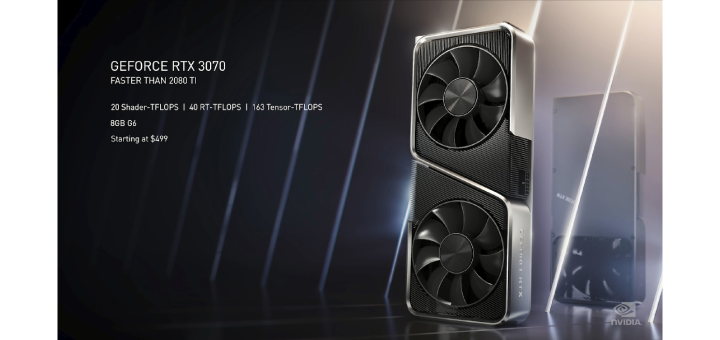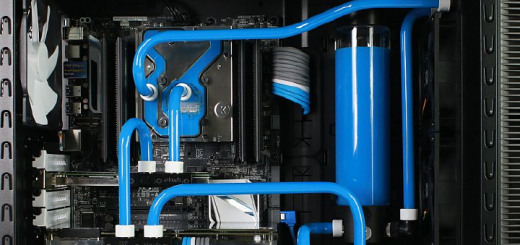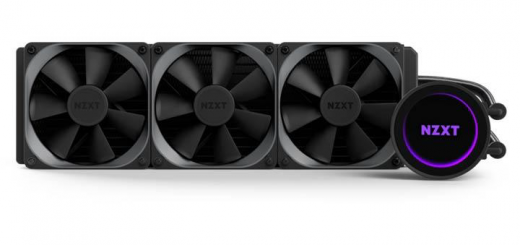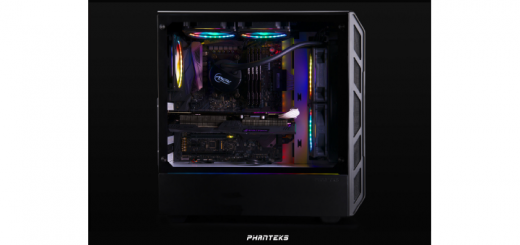The performance numbers for the Nvidia RTX 3070 are finally out with the review embargo lifted. While the graphics card was initially slated to launch on October 15th, Nvidia had pushed the release date to October 29th. The reviews were also pushed subsequently, one day before AMD’s Radeon RX6000 Series graphics card announcement. Nvidia CEO Jensen Huang had claimed that the card beat the previous generation flagship, RTX 2080 Ti, in their announcement. It is true, for the most part. The RTX 3070 graphics card’s performance is quite comparable to the RTX 2080 Ti, but it does not beat it outright. Read on to know more about the RTX 3070 and how it does in games.
Nvidia GeForce RTX 3070 Graphics Card – Specifications
Nvidia RTX 3070 is a mid-range graphics card based on the Ampere architecture. It features many improvements compared to the previous generation’s Turing architecture. The main highlight of Ampere is that it doubles the number of FP32 units (what Nvidia calls CUDA Cores) as compared to the previous generation. It accomplishes the same by utilizing two datapaths in each SM partition. One datapath can execute 16 FP32 operations per clock. A second new datapath can perform both 16 FP32 and 16 INT32 instructions. A partition in an Ampere SM can execute either 32 FP32 operations or 16FP32 and 16 INT32 operations per clock. While the doubling of the CUDA Cores may sound exciting, their performance won’t scale linearly. Additionally, the Ampere architecture features Second Gen RT cores and Third Gen Tensor cores for improving RTX performance. Enough with the technical jargon; let’s dive into the specifications.

Nvidia GeForce RTX 3070 uses a GA104 die with 46SMs and a total of 5888 CUDA cores. The die measures 392.5 mm2 and is manufactured on a custom Samsung 8nm process. It has 46 RT cores (2nd Gen) and 184 Tensor Cores (3rd Gen) for RTX. RTX 3090 and 3080 feature the GA102 die. The graphics card has a base clock of 1.50GHz and a boost clock of up to 1725MHz. RTX 3070 comes with 8GB of GDDR6 memory clocked at 14Gbps, unlike the 3080 and the 3090 that use faster GDDR6X memory. It employs a 256-bit memory interface for a total bandwidth of 448 GB/sec. The card uses the PCIe 4.0 interface and has a TGP rating of 220W. In comparison, the previous generation RTX 2070 Super featured a TU 106 die with 2560 CUDA cores. However, the two architectures are not directly comparable. Its memory specifications and TGP rating were the same as RTX 3070.
Physically RTX 3070 Founder’s Edition is a 2-slot graphics card and measures 9.5” (242 mm) long and 4.4” (112 mm) wide. Display connectors on the card include three DisplayPorts 1.4a and an HDMI 2.1 port. It supports a maximum resolution of 7680x4320pixels. You can connect up to four monitors at the same time. The Founder Edition card uses Nvidia’s new 12-pin proprietary power connector, but it only requires a single 8-pin power connector.
Nvidia GeForce RTX 3070 Graphics Card – Gaming Performance
Nvidia GeForce RTX 3070 performs really well in traditional rasterization performance. The graphics card manages to yield 2080Ti-like performance in most games. At 1440p resolution, the RTX 3070 matches a GeForce RTX 2080 Ti. The two cards yield frame rates that are within touching distance of each other. It stands true for most games at 4K as well, and the card allows you to game above 60 FPS. However, a notable exception to the performance are titles like Doom Eternal, wherein the slower memory bandwidth of the RTX 3070 is a bottleneck.
The RTX 2080 Ti had a similarly clocked 14 Gbps GDDR6 memory, albeit with a little more capacity (11GB vs. 8GB). But it used a 352-bit memory interface resulting in a total memory bandwidth of 616GB/s compared to the 448GB/s of the RTX 3070. This benefits the previous generation’s flagship 2080Ti in a few titles, especially in 4K. However, where memory bandwidth is not exhausted, which is for most games, the RTX 3070 graphics card is at par with an RTX 2080 Ti in performance. Add to that the fact that the card consumes around 220W compared to the 280W of the RTX 2080 Ti, the RTX 3070 becomes a lucrative offering. The 8GB of memory buffer is adequate for today’s game, although it may be on the lower side for playing future titles at 4K. However, for high refresh rate 1080p or 1440p gaming, it would be sufficient for the most part.
Nvidia GeForce RTX 3070 is about 35% faster than the RTX 2070 Super and 45% faster than the RTX 2070 when compared to its predecessors at 1440p. The performance jump is typical of what we see from Nvidia’s one generation to another in recent years. While this increase is quite good, most users will still be satisfied with their RTX 2070 or higher graphics cards. But for 1070 or 1070Ti owners, the upgrade would be substantial.
Nvidia GeForce RTX 3070 Graphics Card – Verdict
The RTX 3070 is an enticing offering for 1440p high refresh rate gaming. It performs like a flagship of the last generation and is more energy-efficient. Not only that, it costs $499 compared to the whopping $1199 price tag of RTX 2080 Ti. Although, we at PCPepper believe the previous generation flagship was way overpriced and should have been somewhere in the $800 range.
If you already own a 2080 or higher GPU, you may not need to upgrade unless you want to game at 1440p high refresh rate or 4K. Nvidia RTX 3070 is a reasonable offering by today’s standard. However, AMD has announced its Radeon RX 6000 Series of graphics cards. The Radeon RX 6800 graphics card at $579 looks to be an enticing offering. It has 16GB of GDDR6 memory, which is great for 4K gaming. As per AMD’s presentation, the card beats the Nvidia RTX 2080Ti comprehensively and should be equally ahead of the RTX 3070. It will be a great offering as long as independent reviewers uphold its performance lead. Although, we don’t know anything about AMD’s RayTracing performance, Nvidia may have the lead here. We have an interesting battle on hand and waiting a couple of weeks may be the best option for buyers.





